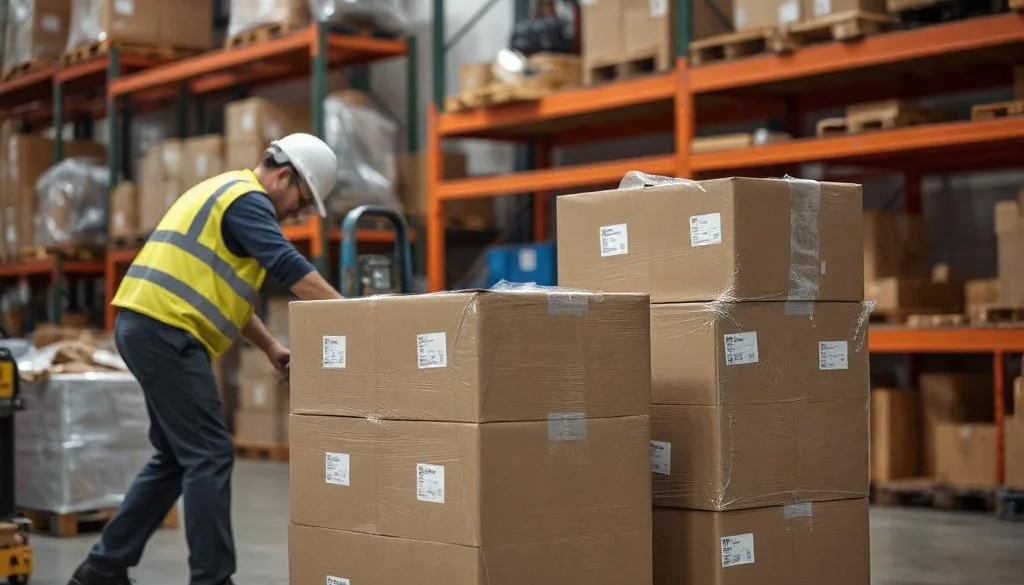
How to Prevent Shipping Damage with Proper Palletizing Techniques
Shipping damage can significantly impact businesses by increasing costs and reducing customer satisfaction. Effective palletizing techniques are crucial for ensuring that goods arrive at their destination in excellent condition. This detailed guide will explore methods to enhance pallet stability and prevent shipping damage.
Understanding Palletizing
Palletizing involves securing goods on a pallet for shipment. This process, when done correctly, stabilizes and protects goods from the common stresses of transportation.
Choosing the Right Pallet
Selecting a suitable pallet is the foundation of effective palletizing. Ensure the pallet is sturdy and undamaged, and consider the type of material—wood, plastic, or metal—based on the weight and nature of the cargo. Learn more about our palletizing services.
Key Palletizing Techniques to Prevent Damage
1. Proper Palletizing Techniques
Adopting the right stacking pattern is critical for pallet stability. Use interlocking (brick or cross) patterns to distribute weight evenly and enhance stability. This arrangement prevents shifting and collapse during movement.
2. Proper Palletizing Techniques
Securing the load with stretch or shrink wrap is essential for keeping items in place. Comprehensive wrapping should include the base of the pallet to prevent the load from shifting. Check out our packing services.
3. Proper Palletizing Techniques
Correct weight distribution ensures the pallet is balanced. Place heavier items at the bottom and lighter items on top to prevent the pallet from becoming top-heavy and unstable during transport.
4. Proper Palletizing Techniques
Avoid allowing items to extend beyond the edges of the pallet. An overhanging load is prone to damage and can cause instability during handling and transport.
5. Proper Palletizing Techniques
For transporting multiple fragile items on a single pallet, use dividers or partitions to separate items and prevent contact. This is particularly important for preventing abrasions and impacts between items. Explore our crating solutions.
Additional Considerations for Palletizing
Labeling
Properly label pallets as ‘Fragile’ or ‘This Side Up’ to ensure handlers are aware of the contents and handle them appropriately. Learn about our shipping services.
Regular Training
Regularly train warehouse staff on the latest palletizing techniques to maintain high standards of packing and ensure all team members are knowledgeable about best practices.
Inspections
Conduct regular inspections of palletized goods before they leave the warehouse to ensure that all methods have been properly applied and the goods are secure.
Conclusion: Ensuring Safe Delivery Through Effective Palletizing
By implementing these best practices for palletizing, businesses can significantly reduce the risk of shipping damage. Proper Palletizing Techniques not only protects goods but also enhances operational efficiency, ultimately leading to cost savings and increased customer satisfaction. For more details on implementing these strategies within your logistics operations, visit ProHuber.




